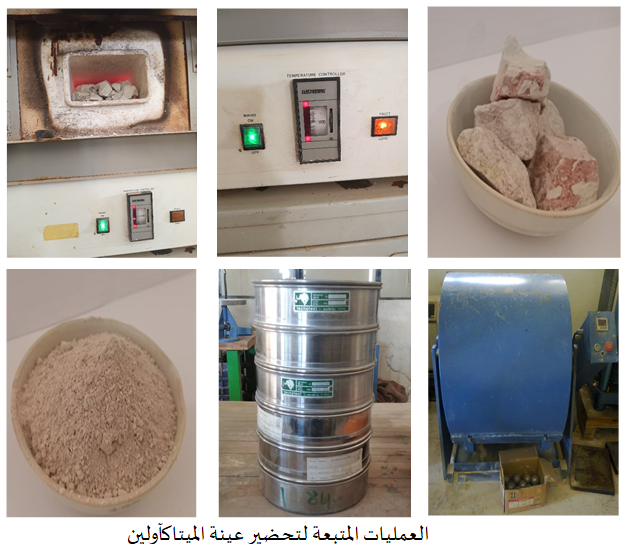Effectiveness of Calcium Hydroxide as an Alkaline Activator of Geopolymer Mortar
DOI:
https://doi.org/10.63318/waujpasv3i2_16Keywords:
Geopolymer, Calcium hydroxide, Metakaolin, Pozzolan, SustainabilityAbstract
The construction industry is facing growing environmental challenges due to its heavy reliance on Portland cement, which accounts for approximately 8% of global CO₂ emissions and consumes substantial amounts of energy and natural resources. In light of these concerns, geopolymer technology has emerged as a promising and sustainable alternative. Geopolymers are inorganic binders formed by the alkaline activation of aluminosilicate-rich materials such as metakaolin, offering significantly lower carbon emissions and favorable physical and mechanical properties. This study investigates the effect of varying calcium hydroxide (Ca(OH)₂) content on the physical and mechanical properties of geopolymer mortar produced from locally available metakaolin in southern Libya. Experimental mixes were prepared with different Ca(OH)₂-to-pozzolan ratios and tested for compressive strength, water absorption, apparent density, and porosity. The results showed a non-linear relationship between Ca(OH)₂ content and compressive strength. The optimal mixture contained 30% Ca(OH)₂, achieving compressive strengths of 16.76 MPa after 7 days and 20.65 MPa after 28 days. Higher Ca(OH)₂ contents led to decreased performance due to increased porosity and the presence of unreacted Ca(OH)₂. A strong inverse correlation was observed between compressive strength and both water absorption and porosity, highlighting the critical role of microstructural integrity.This study concludes that precise control of calcium hydroxide content enhances the pozzolanic reaction and improves both the mechanical strength and durability of geopolymer mortars. The findings provide valuable scientific data for the development of eco-friendly, cost-effective construction materials and support the global movement toward sustainable development, particularly in regions with abundant local raw materials such as southern Libya.
Downloads

Downloads
Published
Issue
Section
License

This work is licensed under a Creative Commons Attribution-NonCommercial 4.0 International License.
This journal uses Creative Commons Attribution-Noncommerical 4.0 International License (CC BY-NC 4.0), which permits use, sharing, adaptation, distribution and reproduction in any medium or format, as long as you give appropriate credit to the original author(s) and the source, provide a link to the Creative Commons license, and indicate if changes were made. To view a copy of this license, visit https://creativecommons.org/licenses/by-nc/4.0/.
Copyright of articles
Authors retain copyright of their articles published in this journal.




